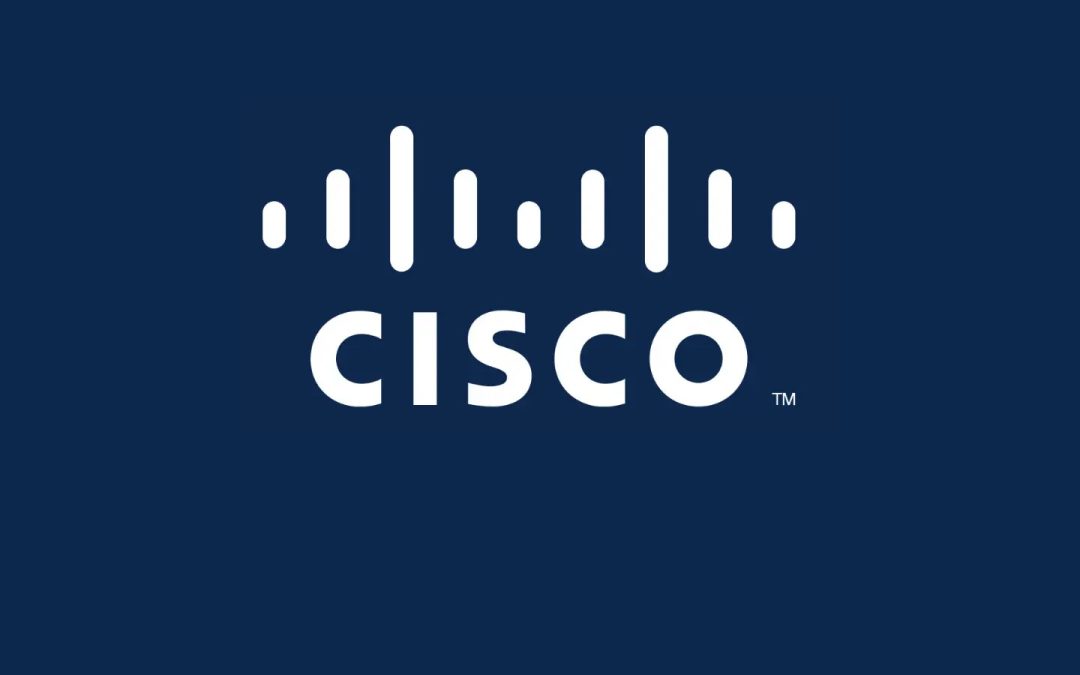“`html
Cisco has revealed a critical weakness in its extensively utilized IOS and IOS XE Software, which could enable adversaries to crash devices or gain complete control via remote code execution.
The vulnerability, originating from the Simple Network Management Protocol (SNMP) subsystem, is due to a stack overflow scenario that attackers can initiate with a specially crafted SNMP packet over IPv4 or IPv6 networks.
This issue impacts all SNMP iterations and has already been exploited in the wild, underscoring the immediate necessity for network system administrators to respond promptly.
The vulnerability opens up two primary attack pathways. An authenticated remote attacker with low privileges equipped with SNMPv2c read-only community strings or valid SNMPv3 credentials could initiate a denial-of-service (DoS) situation, compelling affected devices to restart and disrupting network functionality.
Even more concerning, a highly privileged attacker with administrative or privilege level 15 access could execute arbitrary code as the root user on IOS XE devices, allowing total system control.
Cisco’s Product Security Incident Response Team (PSIRT) unearthed this during a Technical Assistance Center support case, with real-world exploit attempts following compromised local administrator credentials.
This vulnerability affects a wide array of Cisco devices operating vulnerable IOS or IOS XE versions with SNMP enabled, encompassing routers, switches, and access points crucial to enterprise frameworks.
Devices that have not specifically excluded the implicated object ID (OID) remain endangered. Importantly, IOS XR Software and NX-OS Software are not affected, offering some consolation for users of those systems.
The potential consequences are substantial: DoS attacks could interrupt essential services, while root-level code execution may facilitate data theft, lateral movements within networks, or the introduction of malware.
Given SNMP’s prevalence in device monitoring, numerous organizations inadvertently expose themselves by maintaining default configurations.
Mitigations
Cisco stresses that no complete workarounds exist, but mitigations can alleviate immediate threats. Administrators should confine SNMP access to trusted personnel only and track via the “show snmp host” CLI command.
An essential measure involves deactivating vulnerable OIDs using the “snmp-server view” command to establish a restricted view, then applying it to community strings or SNMPv3 groups. For Meraki cloud-managed switches, reaching out to support is recommended to implement these adjustments.
Updates are presently accessible through Cisco’s September 2025 Semiannual Security Advisory Bundled Publication. Users can confirm exposure and find fixed versions by utilizing the Cisco Software Checker tool.
To assess SNMP status, execute CLI commands like “show running-config | include snmp-server community” for v1/v2c or “show snmp user” for v3.
Cisco urges prompt upgrades to fortified software, cautioning that procrastination could lead to additional exploits. As networks become more interconnected, such vulnerabilities emphasize the necessity for stringent SNMP hardening and proactive patching.

